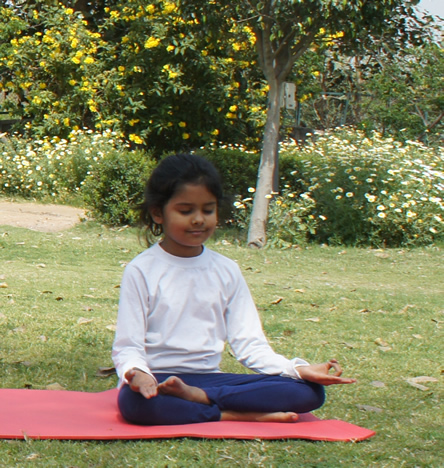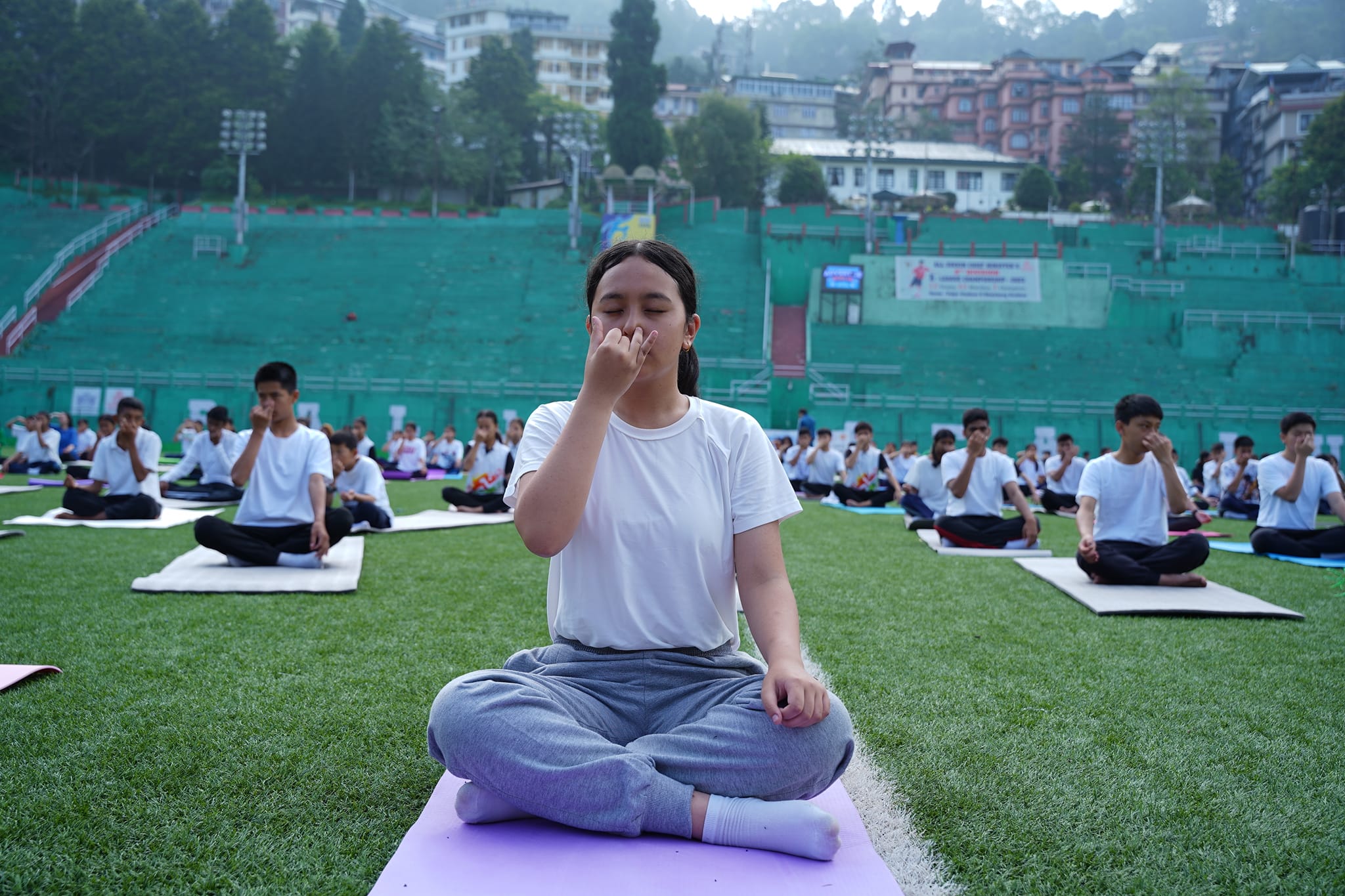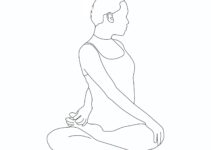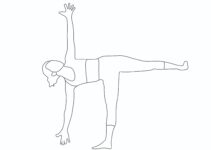
Pranayama, a form of Yoga breathing
Pranayama is not a simple breathing exercise; it is a scientific breathing process where control over prana is achieved. Pranayama is the connecting link between physical (asanas) and mental (meditation) yogic practices.
Pranayama Meaning
Pranayama is a Sanskrit word which consists of prana and ayama. Prana means self-energizing life forces, and Ayama implies extension. Pranayama may be defined as the expansion and control of prana through various yogic techniques. , pranayama is a combination of systematic exhalation and inhalation.
Importance of Pranayama
- Pranayama is one of the essential components of Yoga that directly or indirectly affects the proper functioning of different body systems.
- Practising pranayama regularly benefits the respiratory, circulatory, digestive, and endocrine systems.
- Pranayama ensures more oxygen to the lungs and is suitable for the heart, too.
- Pranayama tones up the kidneys and controls the functions of the nervous system.
- Kumbhaka, or retention of breath, helps the supply of oxygen or exchange of oxygen and carbon dioxide, thus facilitating better work of the lungs and helping the brain to work more efficiently.
- Pranayama affects the autonomic nervous system, which controls heart rate, glandular secretions, respiration, digestion, and blood pressure.
The difference between Pranayama and breathing
There is a difference between pranayama and the breathing process. Pranayama is not a simple breathing process but much more than exhalation and inhalation. Pranayama is a regulated breathing, which comprises pukara-slow and prolonged inhalation, kumbhaka-retention of breath, and recall-slow and long exhalation. While breathing involves inhalation and exhalation. Pranayama is always performed in a specific posture, especially sitting in padmasana, while in the case of breathing, it is not so like that. Breathing provides physical benefits, while pranayama involves physical, mental, and spiritual gifts.

?
Before practising pranayama, certain precautions and essentials are to be taken. One must ensure a proper place, suitable time, a mitahara diet, and light for pranayama practices. Pranayama can be practised in any area that is well-ventilated from external disturbances. Spring and autumn are the best periods for practising pranayama as they are favourable to the body and mind to keep them synergising with the outside environment. To be fit and healthy, 15 minutes of pranayama is good. It is also suggested that pranayama should be performed under the guidance of a yoga instructor.
Pranayama Precautions
Pranayama should be practised in a place free from dust, pollutants, smoke, and filth. The sitting ground should be flat and smooth. The suitable time for performing pranayama is early in the morning on an empty stomach. To have the proper benefits, one should practice pranayama regularly. Pranayama facilitates better blood circulation in the body when it is done after a bath. One should ensure that breathing should be through the nose, and it should be slow and rhythmic. During pranayama, the eyes should be closed to control the mind and body.
Types of Pranayama
There are eight types of pranayama as per the ancient scriptures.
- Suryabhedhana
- Ujjayi
- Sitkari
- Sitali
- Bhastrika
- Bhramari
- Murccha’
- Plavini
10 wonder benefits of Pranayama
- Pranayama control aging.
- Pranayama smooths oxygen circulation and helps regulate weight by melting fat as more oxygen burns more fats.
- Pranayama is the key to Intelligence.
- It provides lightness to the body, acts as a disease’s destructor, and brings vigour and power.
- Pranayama helps in lung expansion, improving its efficiency and health.
- It also helps manage blood pressure and heart diseases and smooths digestion.
- It cures phlegm, mucus, and tonsillitis problems. It makes your gums and teeth healthy.
- Pranayama brings stillness and calmness to the mind, increased concentration, and stability. Pranayama is good for physical, mental, and spiritual happiness.
- It makes you free from constipation and indigestion problems.
- Pranamaya stimulates the autonomic nervous system, sympathetic nervous system, and parasympathetic nervous systems. It helps to ease stress, anxiety, and tension. It also reduces depression, dullness, and lethargy.
Why slow breathing?
Why not breathe deeply and quickly? The reason is simple. Time is required to transfer oxygen from the lungs to the blood, and on the other hand, carbon dioxide in the blood is transferred into the lungs for expulsion into the air. If one breathes rapidly, the optimum oxygen and carbon dioxide exchange is not leached in the lungs. If the respiration is slow, then the optimum transfer can be achieved. This is why depth and speed of breathing are so necessary concerning each other. Deep breathing allows maximum respiration intake, while slow breathing allows optimum oxygen and carbon dioxide exchange.






1 thought on “Pranayama Benefits, Significance, Importance and Meaning”